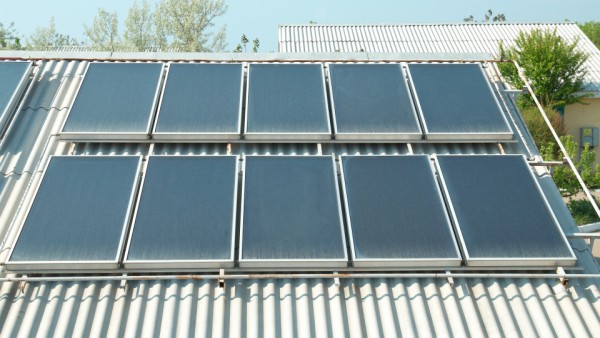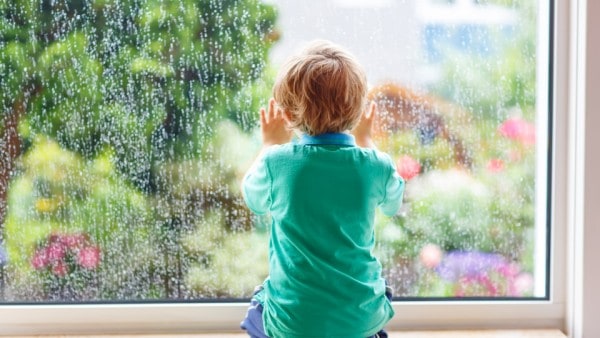These days, the happiest home owners are often those with a solar system that is producing more power than their home needs, so they’re able to sell it back to the power company. Big smiles. It really is impressive what can be done these days.
The technical details of the technology that drives solar power generation can get complicated. But the basic principles are quite easy to understand, and that’s what we’re here for, the 101.
The one thing everyone understands about solar power is the potential to never pay another power bill. That’s a very attractive proposition. What makes solar even more memorable, is the opportunity to sell excess power back to the big bad power companies. That’s unforgettable.
- newhomesguide.com.au
The basics
Always a good place to start. A solar system that connects to the main power grid only requires a few components, so it’s easy to understand the basic. Here they are, step by step:
- The sun hits the solar panels and generates DC electricity.
- The DC electricity is fed into a solar inverter that converts it to 240V 50Hz AC electricity.
- The 240V AC electricity is used to power your home.
- Surplus electricity is fed back into the main grid.
Selling the surplus
Let’s get back to the people with the biggest grins. When a grid-connected solar system produces more electricity than the household uses, the excess is fed into the mains power grid. So, your home can actually produce power that is then used by other homes. Many electricity companies will meter the electricity fed into the grid by the home’s system and provide power credits.
Sun down
Solar’s fantastic and very clever, but there’s one problem, it needs the sun, and at night, the sun’s down. This is a good point. So, anytime the solar system is not producing power, like at night time, or when it’s not producing enough power, electricity will be supplied by the mains power grid as usual
Does it have to be sunny to work?
No, it doesn’t. Solar systems will still generate power when the sky is overcast. The amount of power generated may fluctuate and solar systems will be at maximum production when the skies are clear and the sun is bright.
Lifetime
A solar system definitely requires and investment and solar companies will always look at the time it takes to ‘pay for’ that investment in terms of the power you save. Then the lifetime of the system comes into play. The good news is that solar systems last for years and most often decades with low maintenance. This is because they have no moving parts.
Installing solar
Most people go for roof-mounted solar power systems and you only have to have a look around your local suburb to see the proof of this. These days, solars arrays are a common sight. In most regions of Australia, the array of panels should be installed facing north to take full advantage of the sun and maximise power production.
Does my roof need modification?
Probably not. Most roofs are more than capable of accommodating a domestic solar array and will be at an acceptable angle also. An open and unobstructed roof-space will work best, and pitched or flat roofs are fine. In short, a domestic solar system can be installed on the vast majority of Australian homes without a problem.
Challenging roofs
While they are rare, it is worth noting the roof types that are not ideal for solar systems. These include roofs made of slate or asbestos, both unusual in modern Australian homes. Flat concrete roofs are possible but more challenging and usually mean significantly higher installation costs.
Solar ready
Some preparation work needs to be integrated into the build process for new homes, but it’s all simple and very achievable. Cabling conduits need to be installed before the walls are rendered / plastered. This is usually done before the solar system itself is installed.
The rest of the system’s infrastructure (panels, inverter, switches, etc.) is installed soon after the roof is on. That’s all there is to it and your new home is solar-ready and you can start producing power as soon as you move in.



